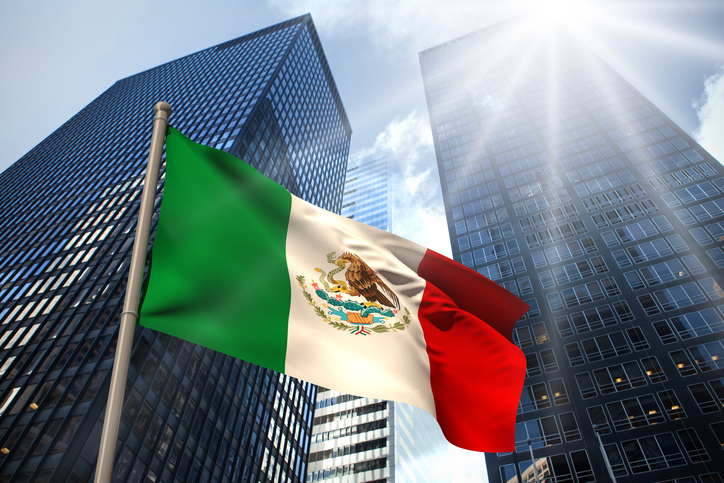“We prefer EMLC today for two reasons. First, we think the downside to these currencies don’t amount to much. Second, these currencies and markets have a much lower correlation to U.S. interest rates than EMB,” said VanEck CEO Jan Van Eck in an interview with Barron’s. “What’s going on in Argentina, Brazil, Mexico, or Russia remains relatively unrelated to the Fed’s tightening cycle. EMLC also has a higher 12-mo. yield of 5.1% compared to EMB’s 4.7%.”
Investors can look to overseas assets or corporate debt to bolster yield generation. For example, investors have a number of ways to gain exposure to the high yielding emerging bond market, such as the broad VanEck Vectors Emerging Markets Aggregate Bond ETF (NYSEArca: EMAG) and the VanEck Vectors Emerging Markets High Yield Bond ETF (NYSEArca: HYEM), in addition to EMLC.
While there are concerns over potential protectionist policies that could leave emerging countries out to dry, emerging market fundamentals, like growth, debt stock, real rates and policy flexibility, all remain at a favorable starting point relative to developed economies going forward this year.
Factors like U.S. rates, growth and inflation, EU and Japanese monetary policies could all potentially weigh in the emerging market outlook.
For more information on the fixed-income market, visit our bond ETFs category.
